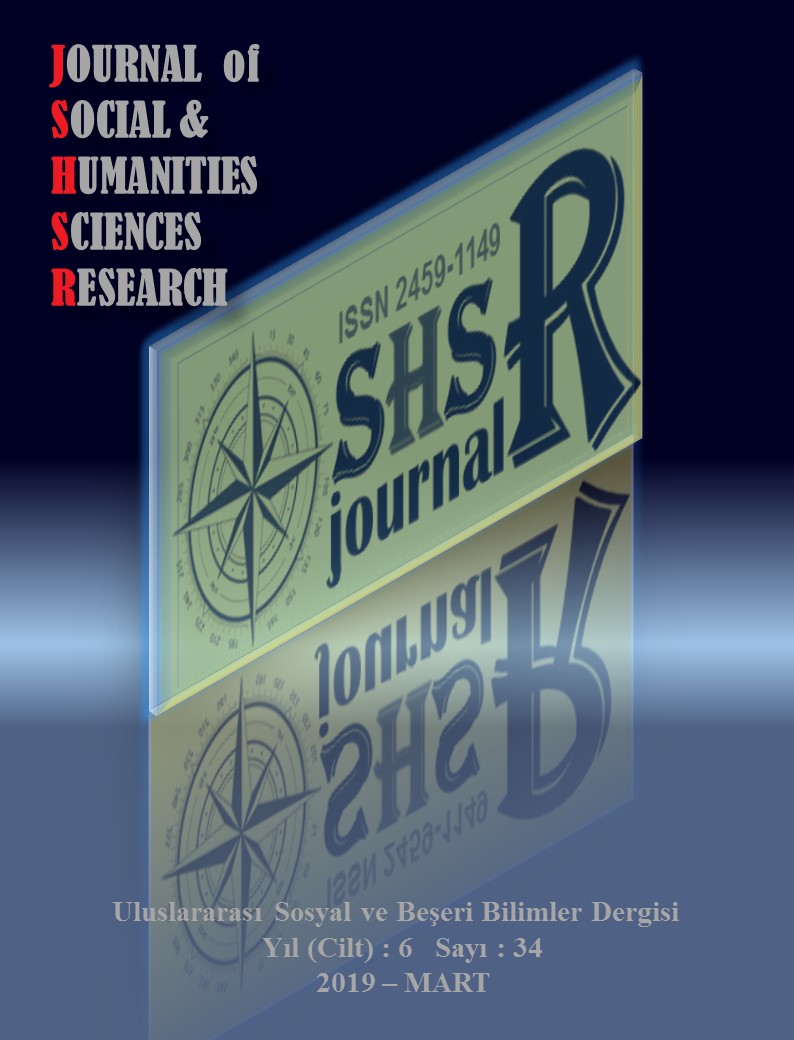ISLAM SOCIETY IN THE TWENTY CENTURY ACCORDING TO MEHMET ÂKİF: A READING FOCUSED ON SAFAHÂT
DOI:
https://doi.org/10.26450/jshsr.1132Keywords:
Mehmet Âkif Ersoy, Safahât, Turkish poetry, Ottoman-Islamic society, Constitutional PeriodAbstract
In the histories of literature, the process called ‘Turkish literature in the era of renewal’ contains a very important accumulation for the conceptualization of "Turkish-Islamic Literature". In particular, in order to examine the change in the mentality, which has begun to be observed in concrete form from the twentieth century, it is necessary to read this circuit carefully around the individuals who have left their mark. Mehmet Âkif Ersoy (1873-1936) as an intellectual who devoted himself to the problems of Ottoman-Islamic society and devoted his life to his art. As a poet who has built the originality of his art with this preference, he has an exclusive place in Turkish Islamic Literature Circle. In fact, in his poems, the period beginning from the last quarter of the nineteenth century to the Republic; it is possible to observe the constitutional years in which the Ottoman-Turkish society is faced with great troubles.In his famous work Safahât, Âkif, who undertook the image of the poet who prioritized social anxieties by prioritizing social concerns, focuses on the harmony of the Islamic world in which he stands at the center of the Ottoman people.In this process, it is based on Islam as a scale of meaning and judgment; Âkif who acted with the understanding of "solve problems and dissolve the solution"elaborates the moral degeneracy that corresponds to a wide range of problems, the destruction of the family institution, the internal dilemmas resulting from the administration, the ideological problems such as anti-religious and separatist currents, the incompatibility between the intelligentsia and the people, and the qualities of Western civilization through the Muslim eye. In this respect, it can be said that Âkif is one of the artists who have taken his art with his ideas and not only witnessed the era, but also reached a position of questioning and guidance
Downloads
Published
How to Cite
Issue
Section
License
Copyright (c) 2019 INTERNATIONAL JOURNAL OF SOCIAL HUMANITIES SCIENCES RESEARCH

This work is licensed under a Creative Commons Attribution 4.0 International License.


